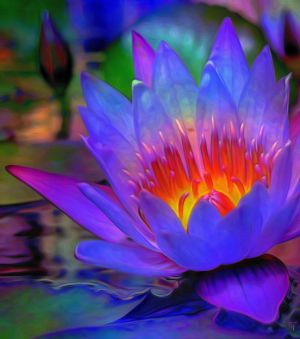Yogachara/Vijnanavada (Faxiang/Hossō)
The Yogachara (or Vijnanavada) school was founded, according to tradition, by the brothers Asanga and Vasubandhu (4th/5th century CE) and by Sthiramati (6th century), who systematized doctrines found in the Lankavatara-sutra and the Mahayana-shraddhotpada-shastra (attributed to Ashvaghosha but probably written in Central Asia or in China). Later Mahayana and Vajrayana Buddhism include doctrines that were to be influenced by Yogachara teaching.
The special characteristics of Yogachara are its emphasis on meditation and a broadly psychological analysis, which contrasts with the other great Mahayana system, Madhyamika, where the emphasis is on logical analysis and dialectic. Its central doctrine, however, is that only consciousness (vijnanamatra; hence the name Vijnanavada) is real and that external things do not exist. Thought or mind is the ultimate reality, and nothing exists outside the mind, according to this school. The common view that external things exist is due to an error that can be removed by a meditative or yogic process that brings an inner concentration and tranquility and a complete withdrawal or “revulsion” from fictitious externalities.
Alaya-vijnana (“storehouse consciousness”) is postulated as the receptacle of the imprint of thoughts and deeds, the vasana (literally, “dwelling”) of various karmic seeds (bijas). The “seeds” develop into touch, mental activity, feeling, perception, and will, corresponding to the five skandhas (“aggregates”; parts of an individual personality). This is followed first by the emergence of ideation (manas), which sets off the self or mind from the world, and then by the realization that objects exist only through the sense perceptions and thought of subject. The store consciousness must be purged of its subject-object duality and restored to its pure state. This pure state is equivalent to the absolute “suchness” (tathata), to Buddhahood, to the undifferentiated.
Source
[[Category:Buddhist Philosophy
[[1]]
